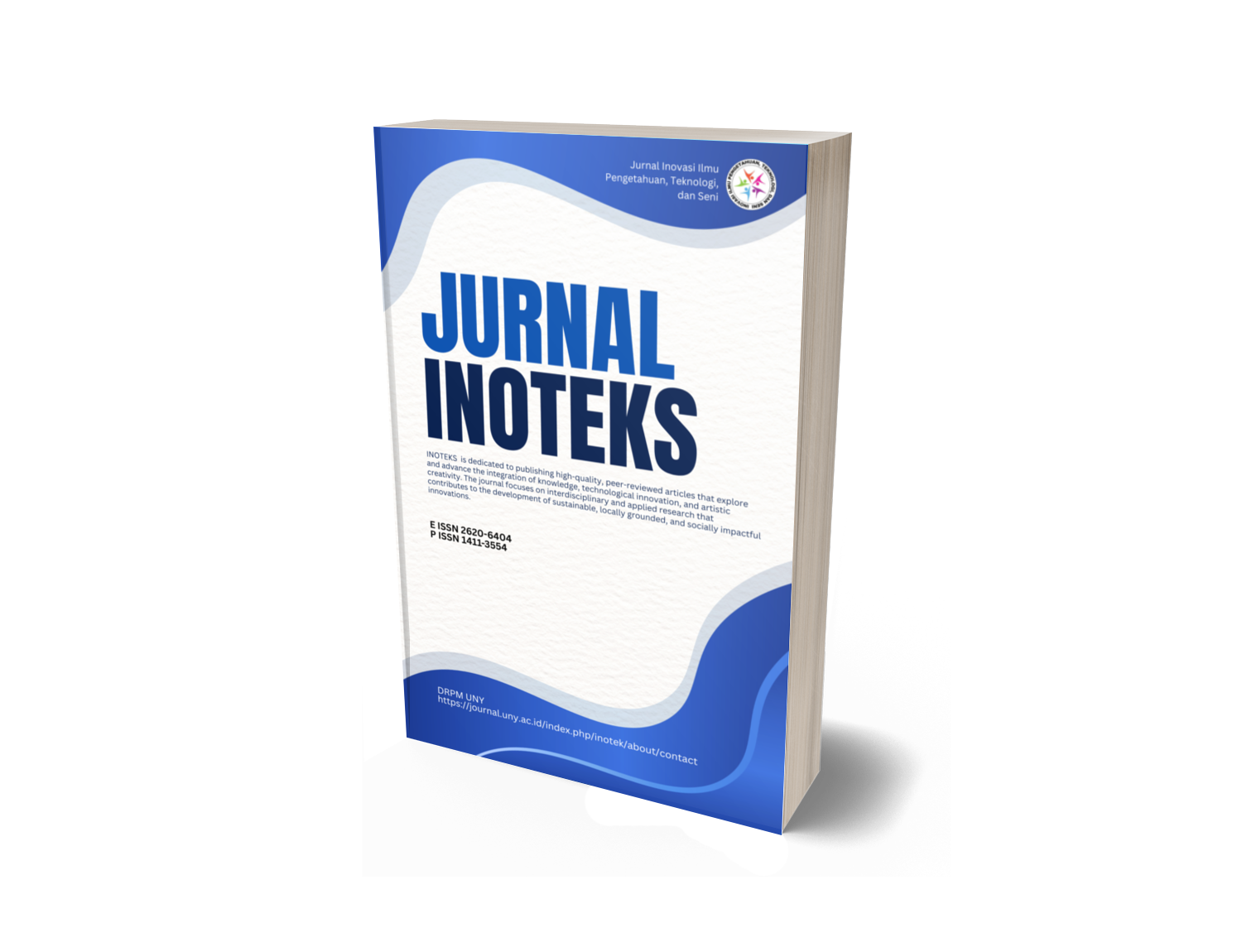Uji Kelayakan Kandungan Unsur Air Tanah Daerah Terdampak Lapindo Kecamatan Porong Menggunakan XRF
DOI:
https://doi.org/10.21831/ino.v21i2.12984Keywords:
Air tanah, XRF, Unsur logamAbstract
References
Agus Farid Fadli, Rachmat Triandi Tjahjanto*, Darjito. 2013. Ekstraksi Silika Dalam Lumpur Lapindo Menggunakan Metode Kontinyu. Kimia.Student Journal, vol. 1, no. 2, pp. 182-187 Universitas Brawijaya Malang.
Brower, Peter. 2010. Theory of XRF. PANalytical BV. Netherlands
Wiryasa, Sudarsana. 2009. Pemanfaatan Lumpur Lapindo Sebagai Bahan Substitusi Semen Dalam Pembuatan Bata Beton Pejal. Jurnal Ilmiah Teknik Sipil Vol. 13, No. 1. Udayana Press. Bali
Team. 2009. Batas maksimum Pencemaran Logam Berat Dalam Pangan. Badan Standarisasi Nasional. BSNI Press. Jakarta
Downloads
Published
How to Cite
Issue
Section
Citation Check
License
- Authors certify that the work reported here has not been published before and contains no materials the publication of which would violate any copyright or other personal or proprietary right of any person or entity.
- Authors transfer or license the copyright of publishing to Jurnal Civics: Media Kajian Kewarganegaraan to publish the article in any media format, to share, to disseminate, to index, and to maximize the impact of the article in any databases.
- Authors hereby agree to transfer a copyright for publishing to Jurnal Civics: Media Kajian Kewarganegaraanas a Publisher of the manuscript.
- Authors reserve the following:
- all proprietary rights other than copyright such as patent rights;
- the right to use all or part of this article in future works of our own such as in books and lectures;
- use for presentation in a meeting or conference and distributing copies to attendees;
- use for internal training by author's company;
- distribution to colleagues for their research use;
- use in a subsequent compilation of the author's works;
- inclusion in a thesis or dissertation;
- reuse of portions or extracts from the article in other works (with full acknowledgement of final article);
- preparation of derivative works (other than commercial purposes) (with full acknowledgement of final article); and
- voluntary posting on open web sites operated by author or author's institution for scholarly purposes, but it should follow the open access license of Creative Common CC BY-NC-SA License.








